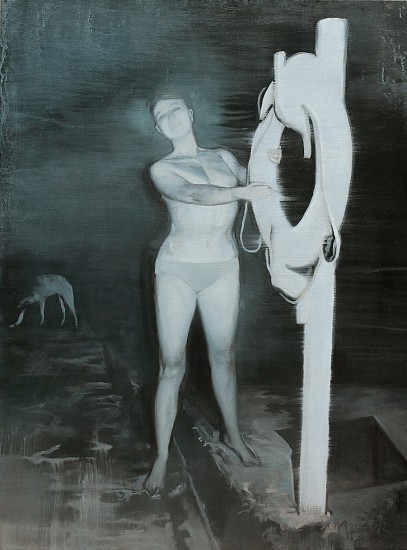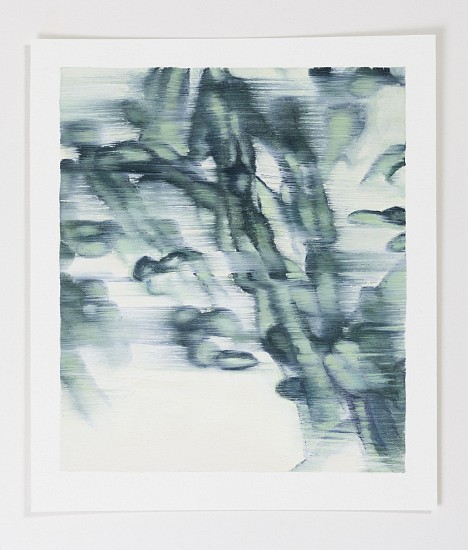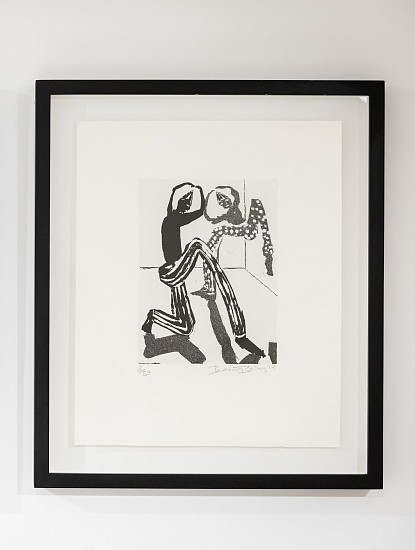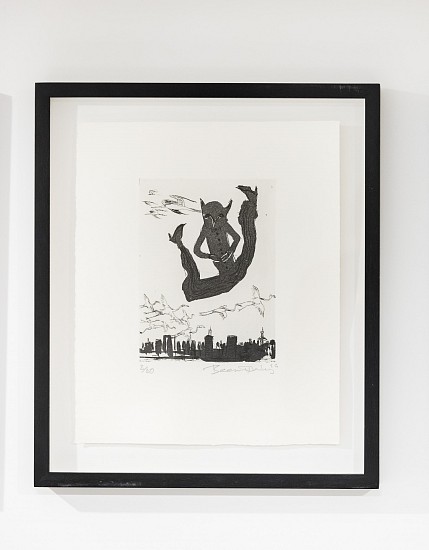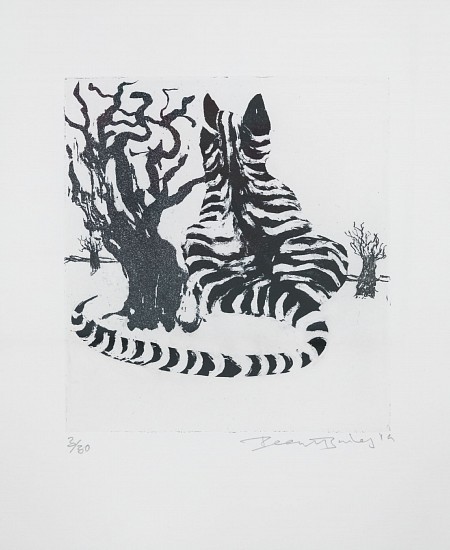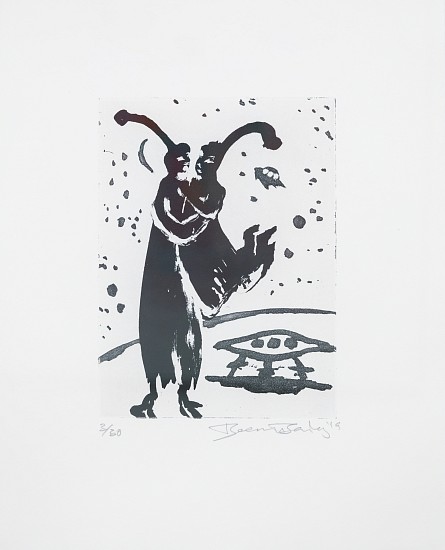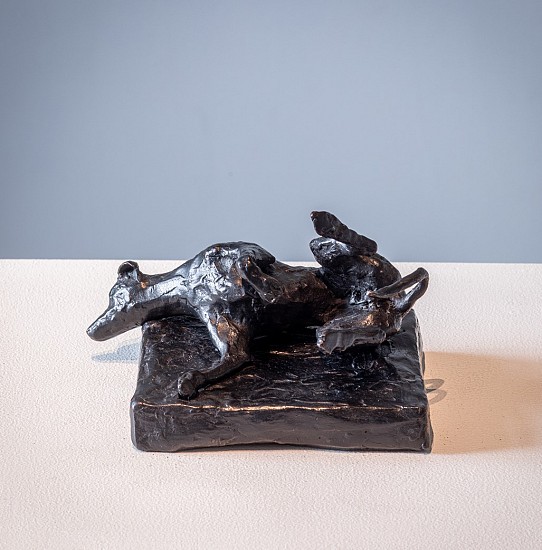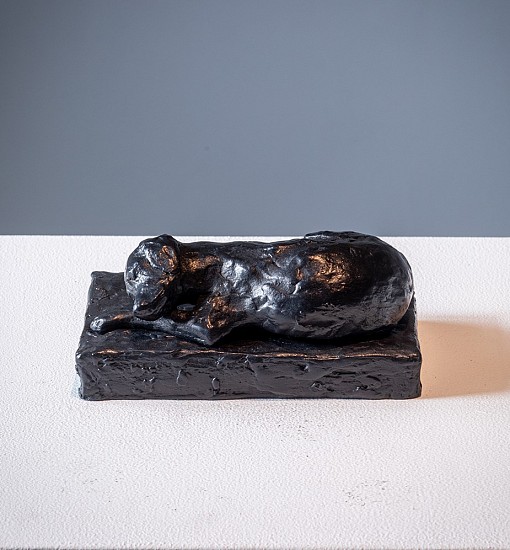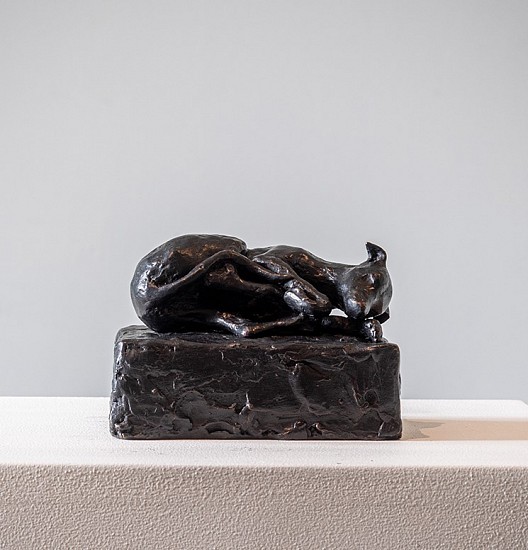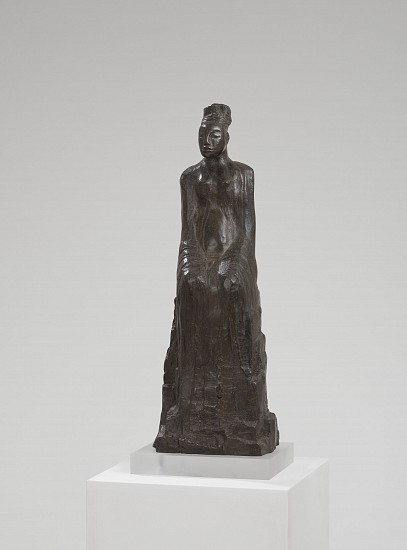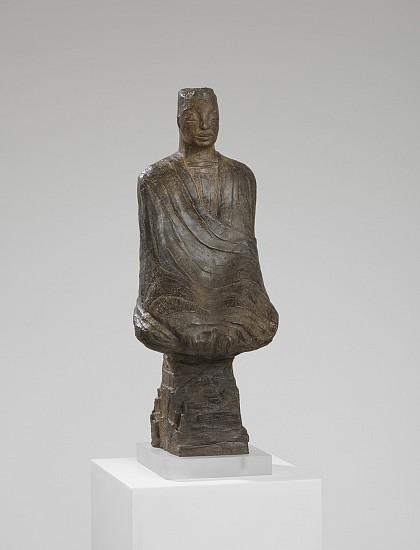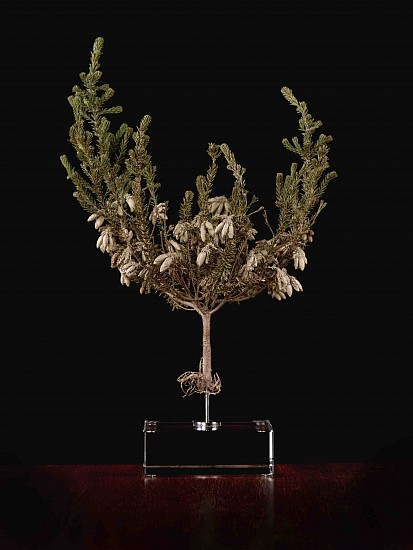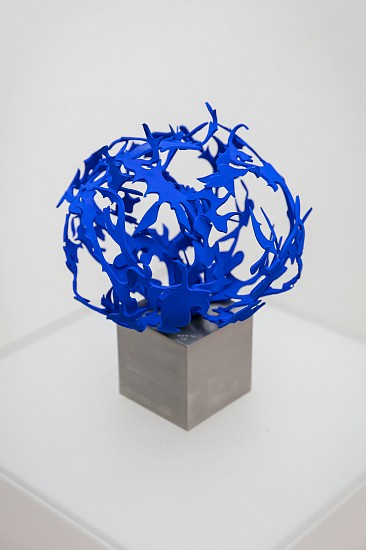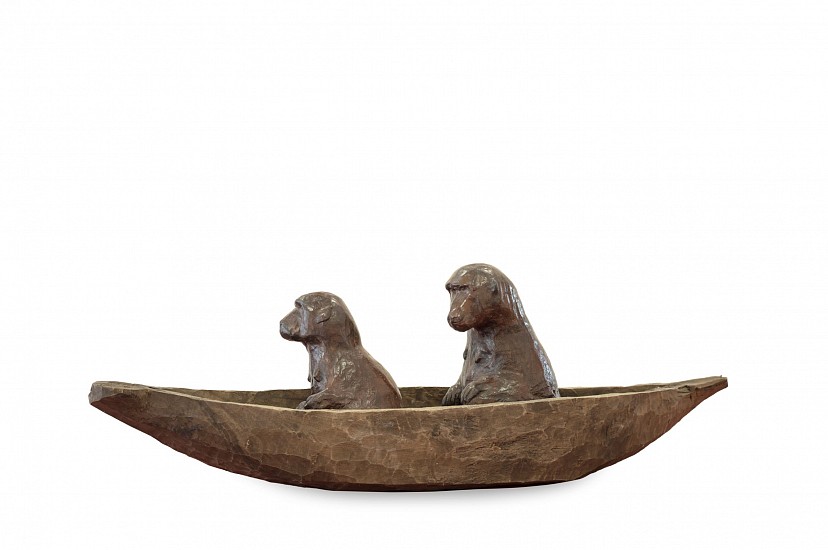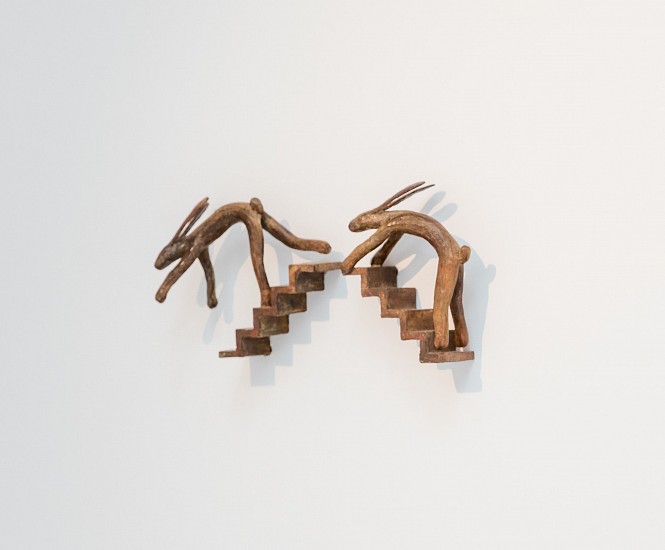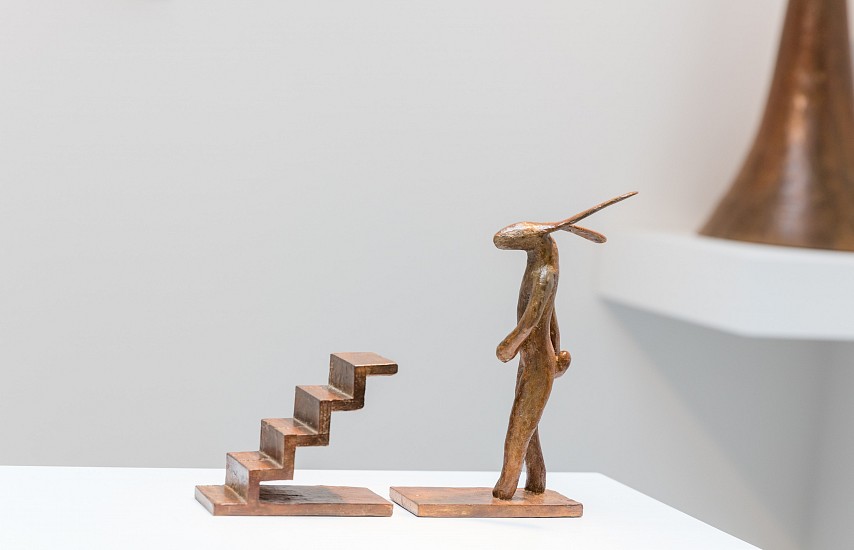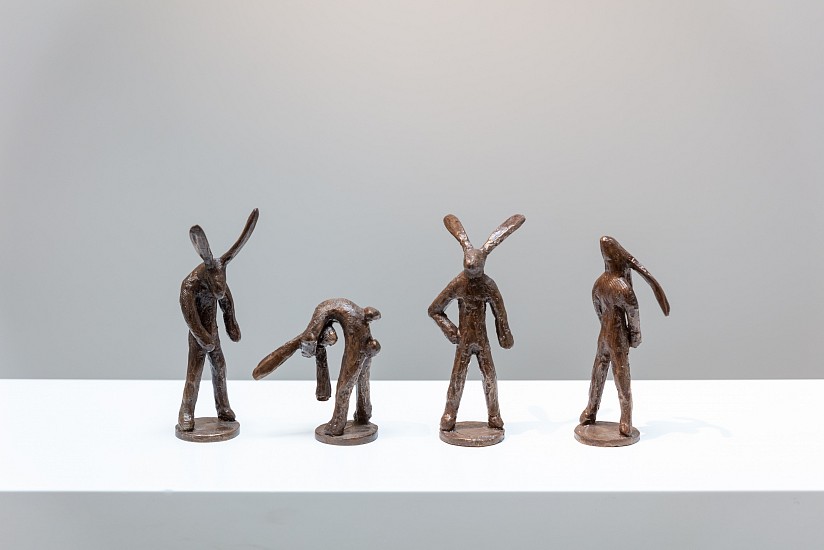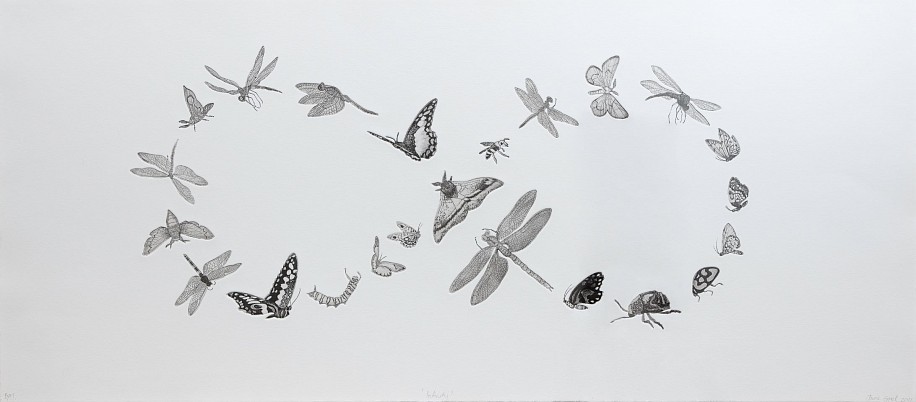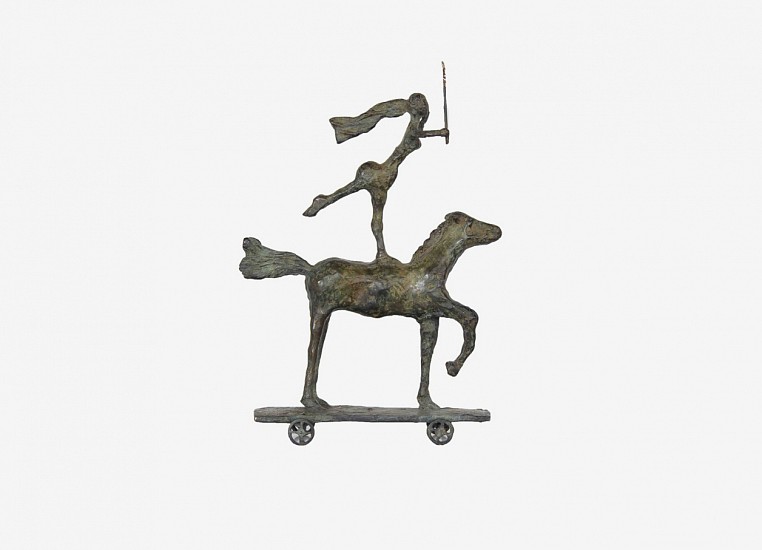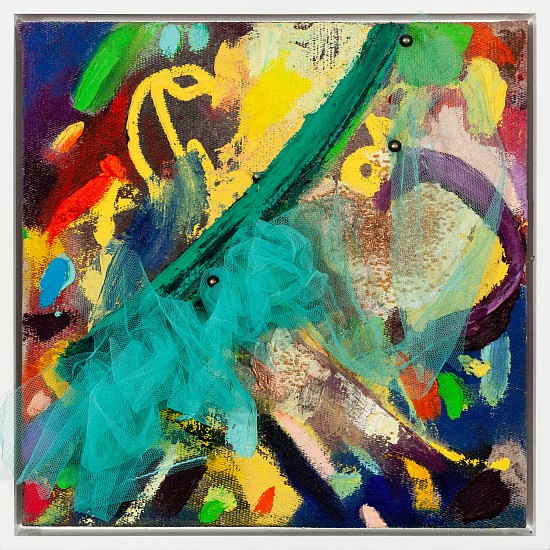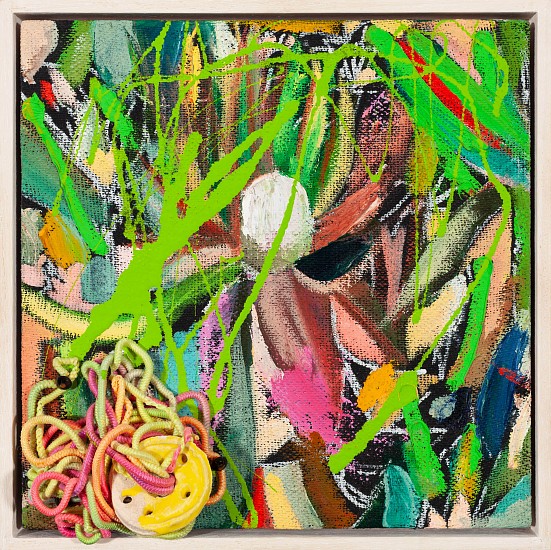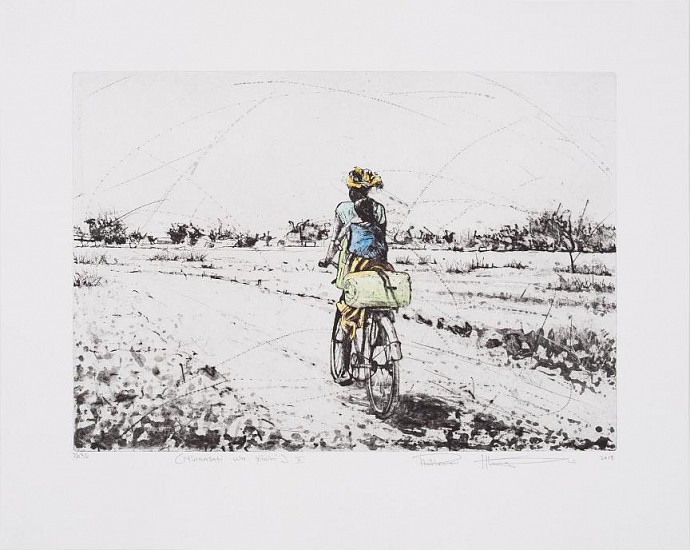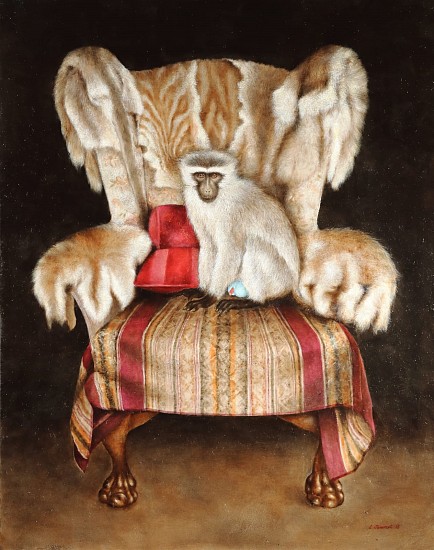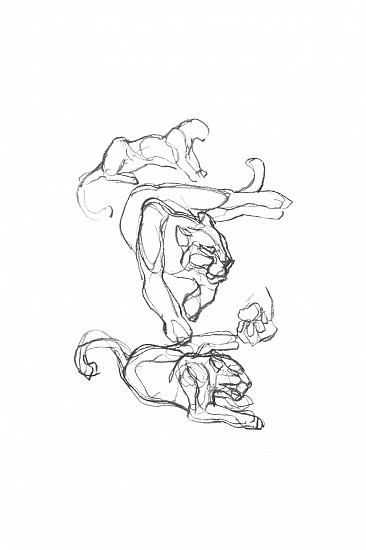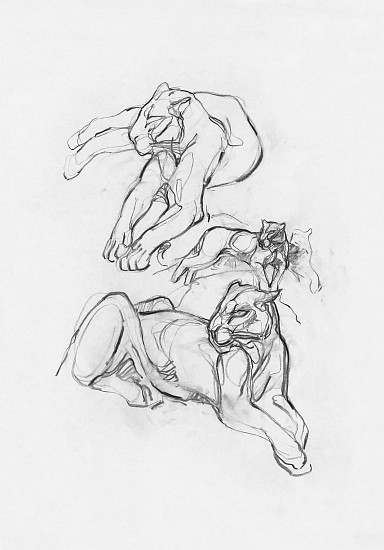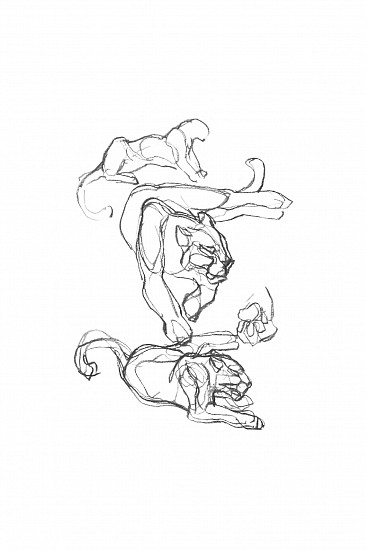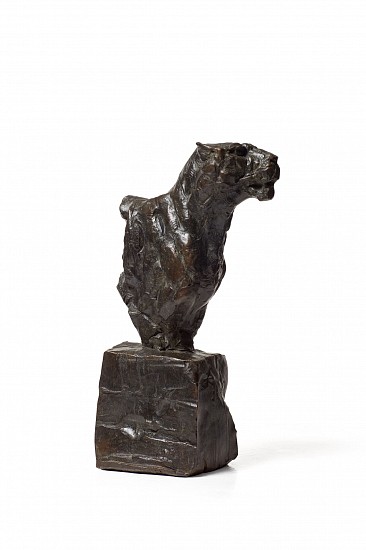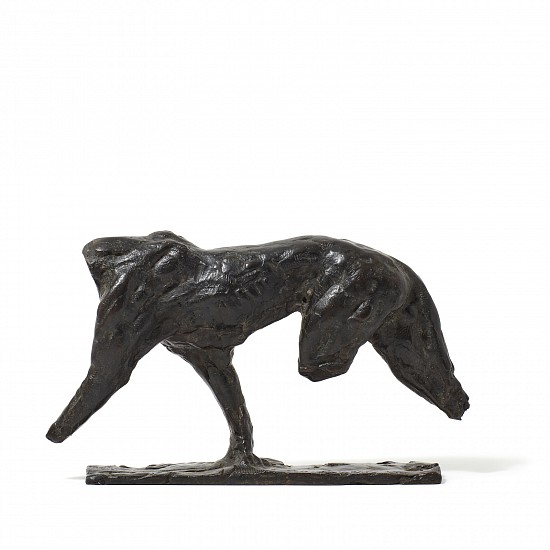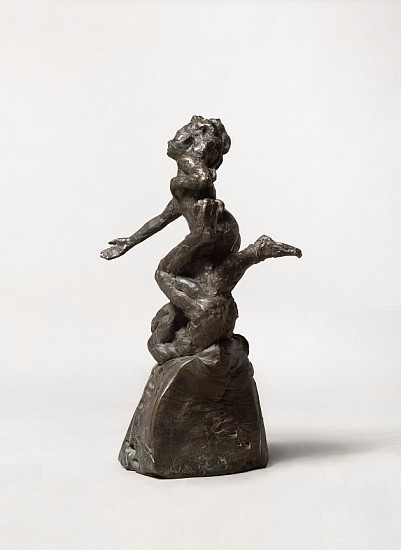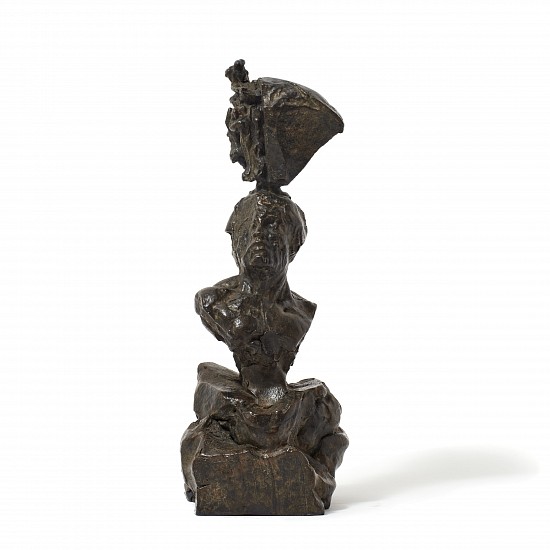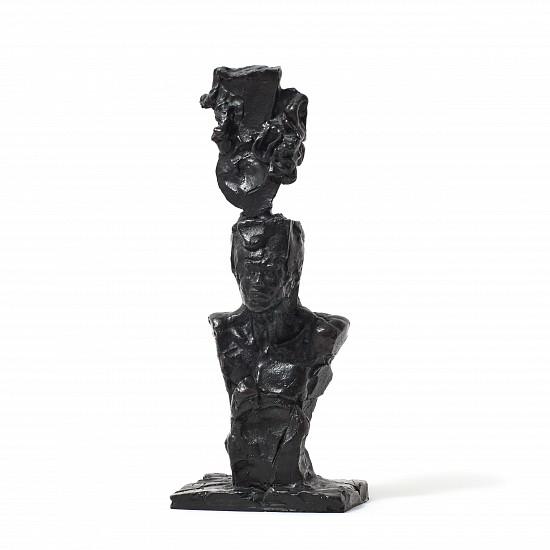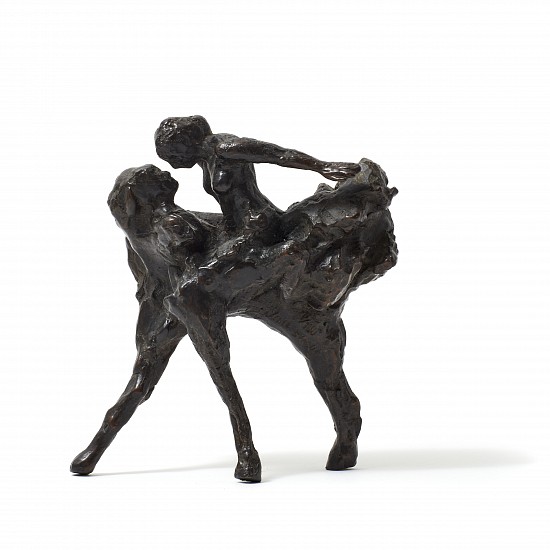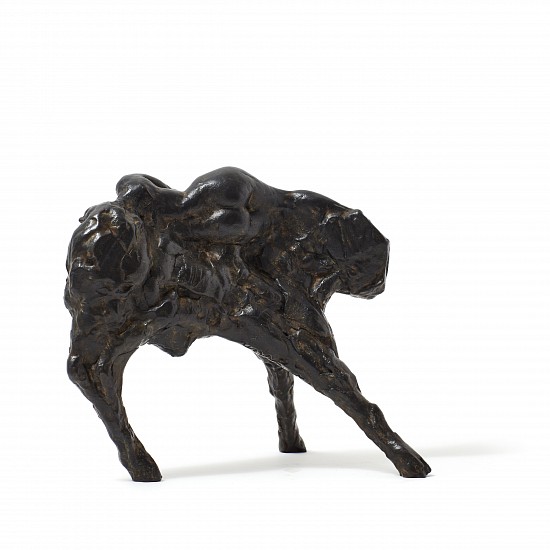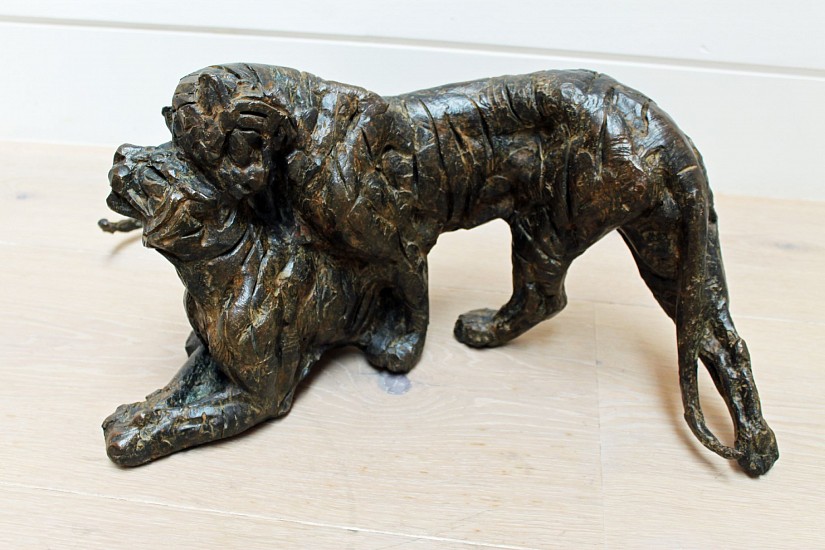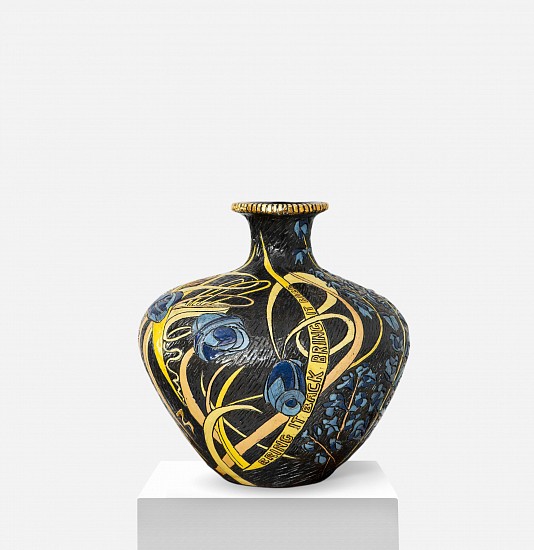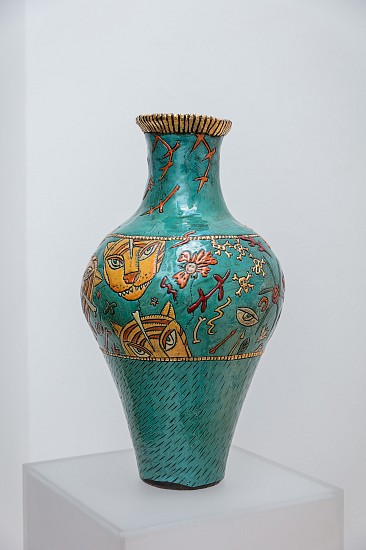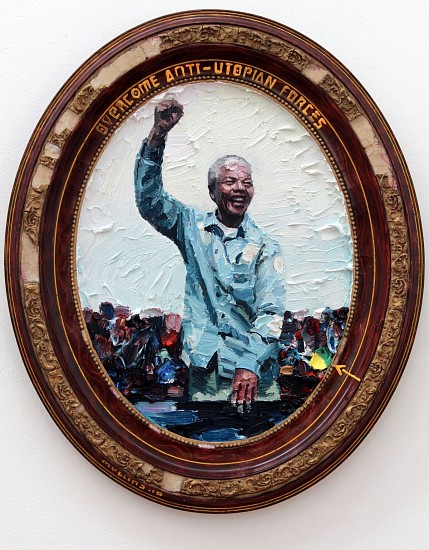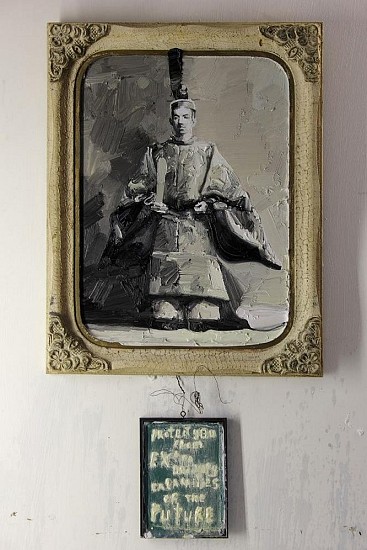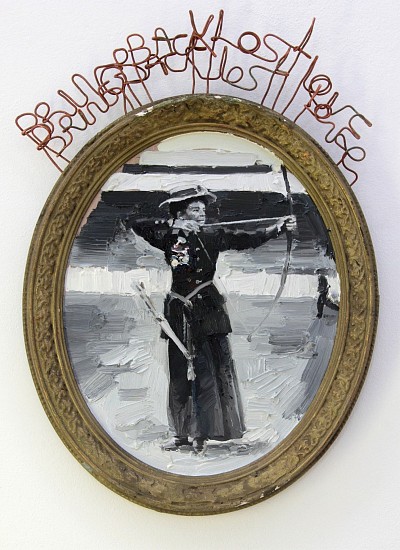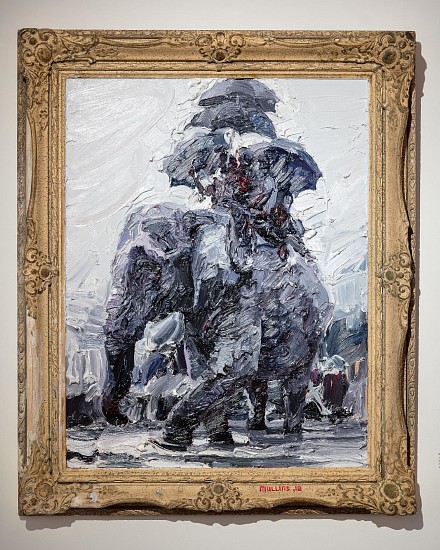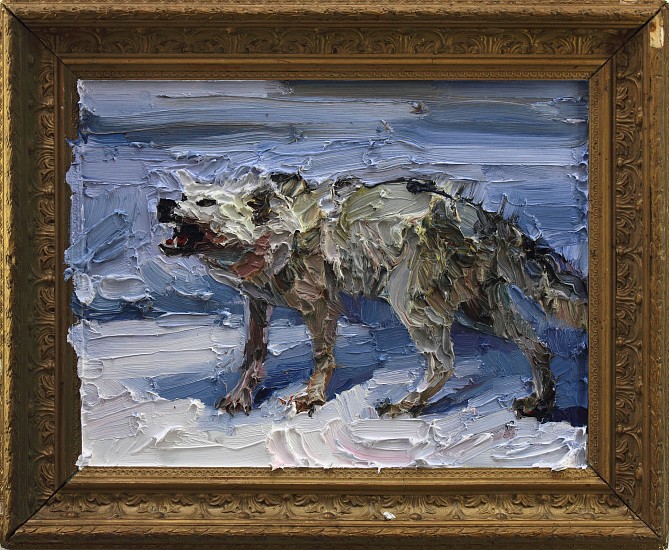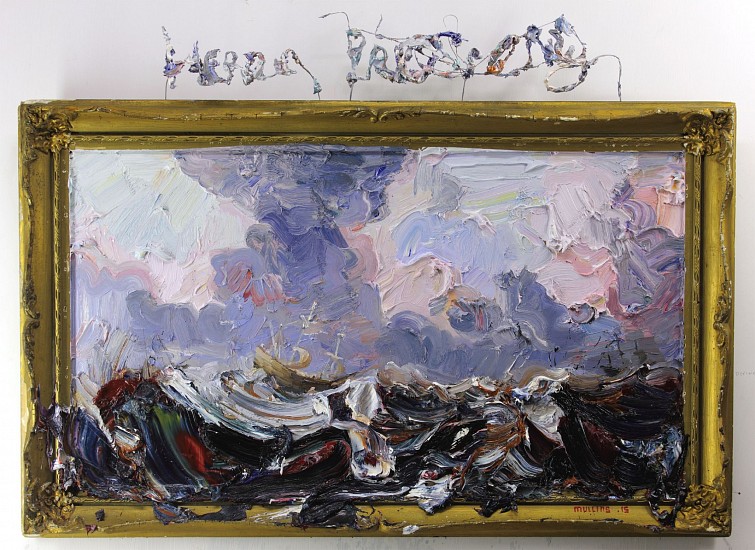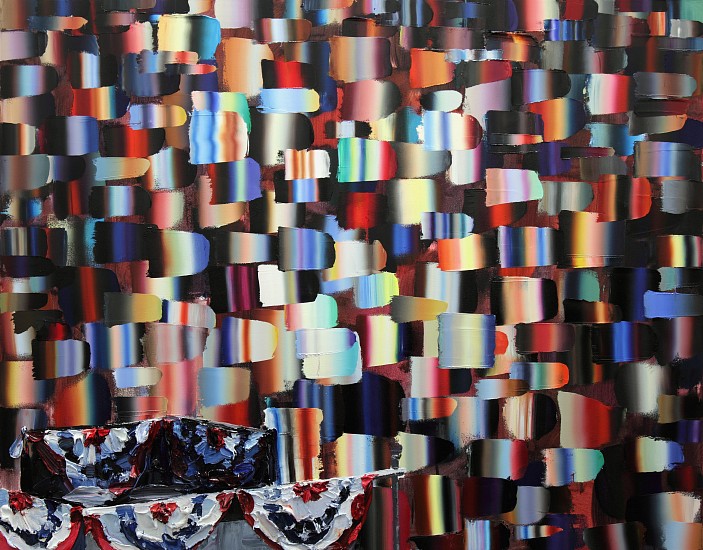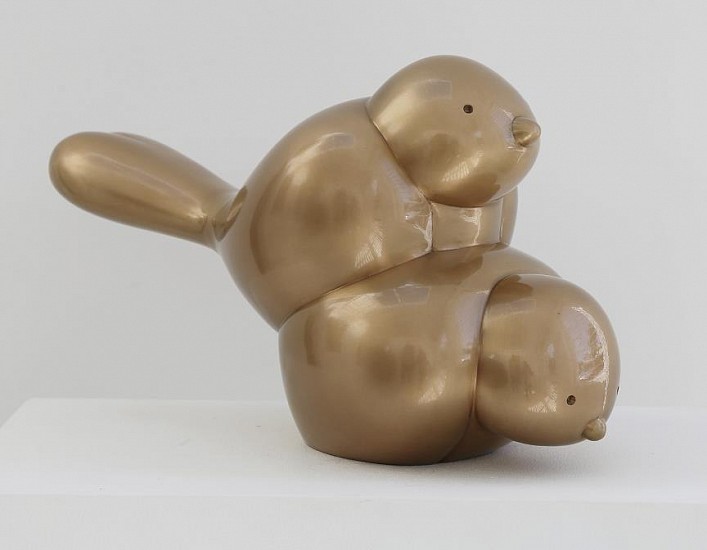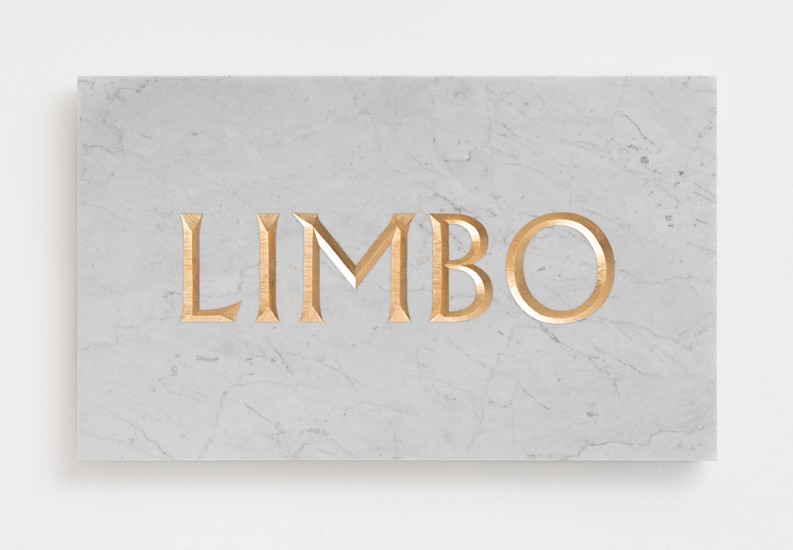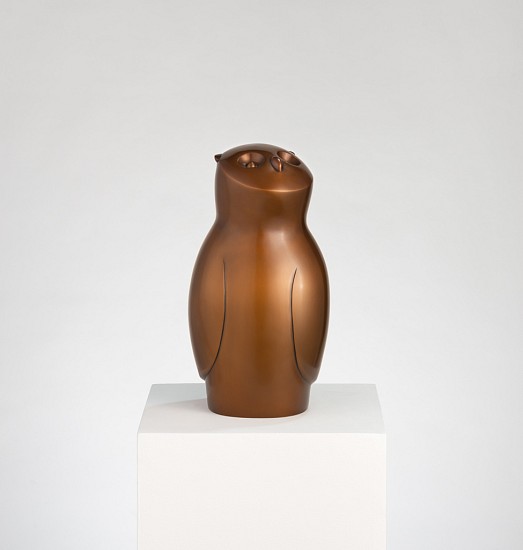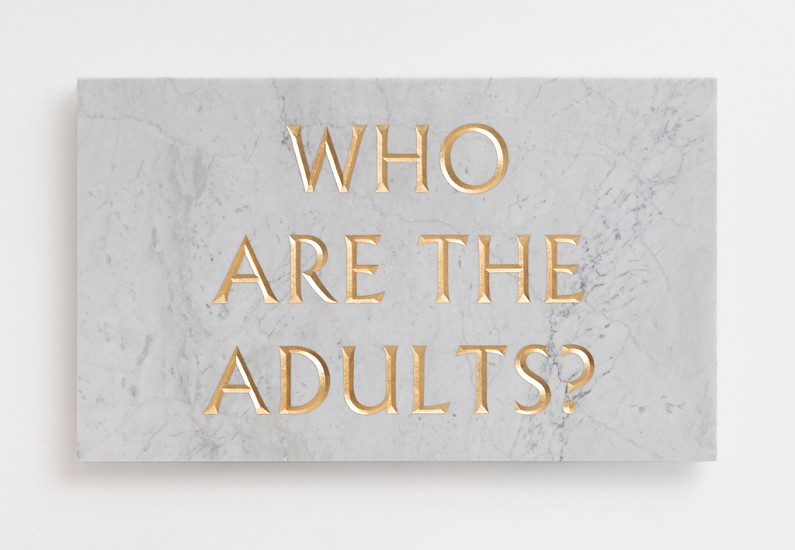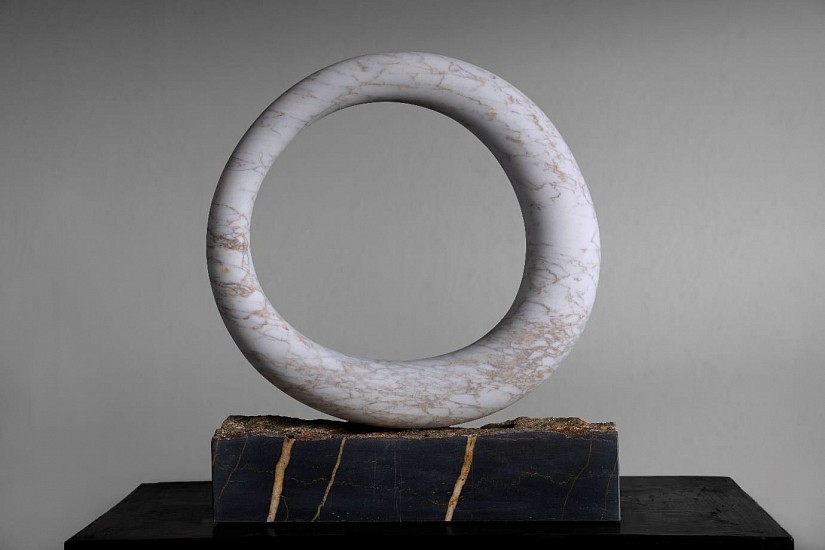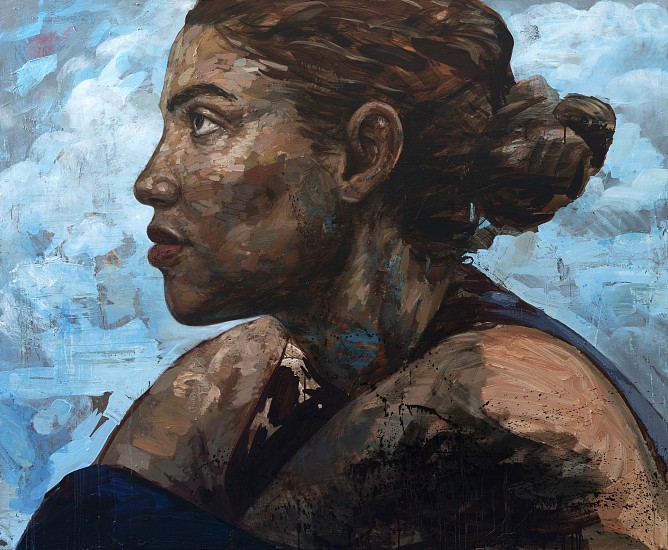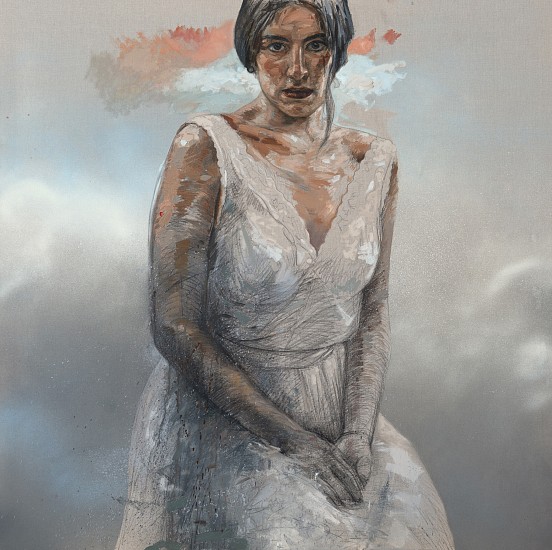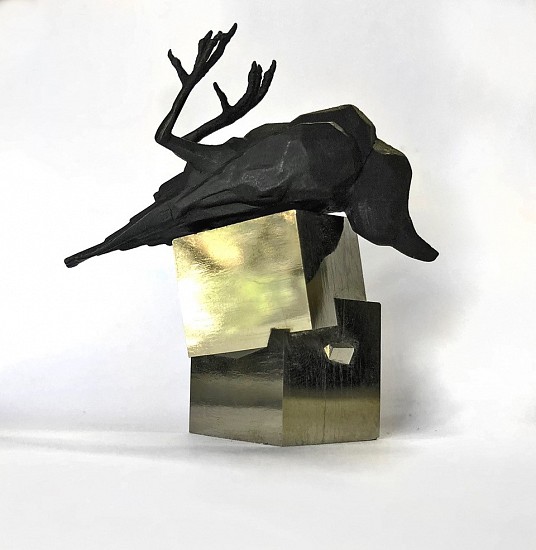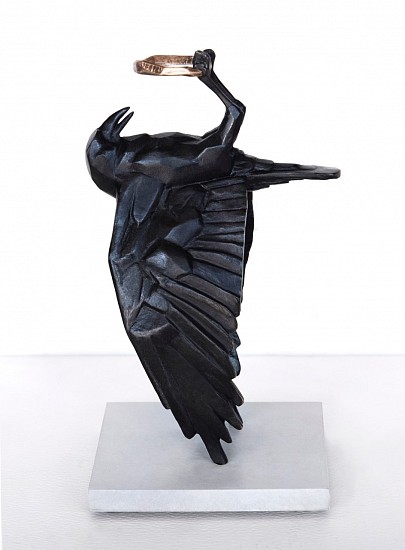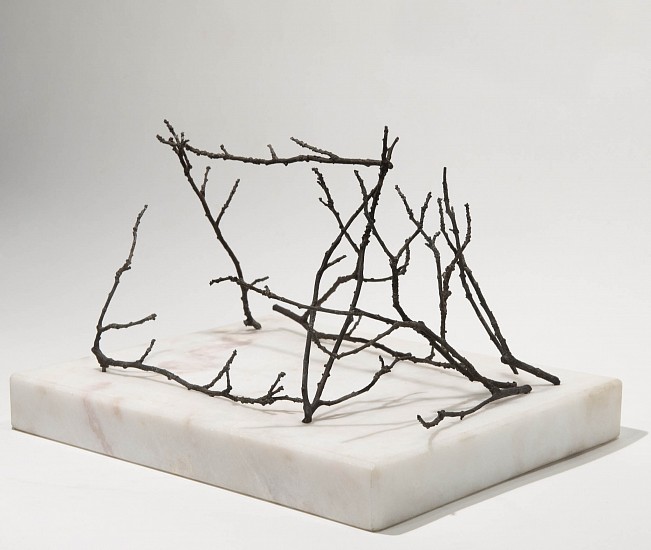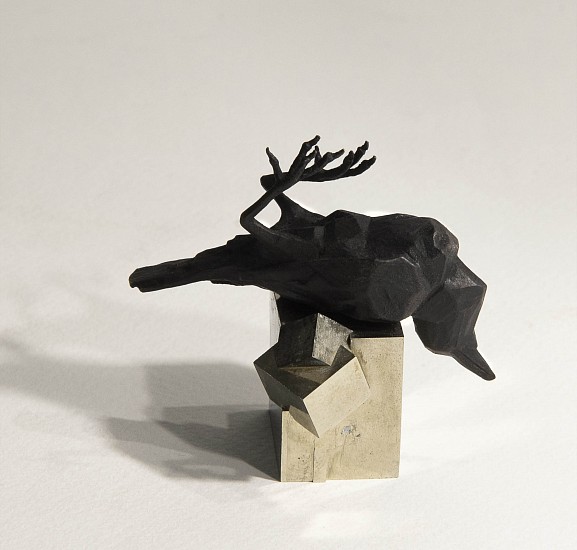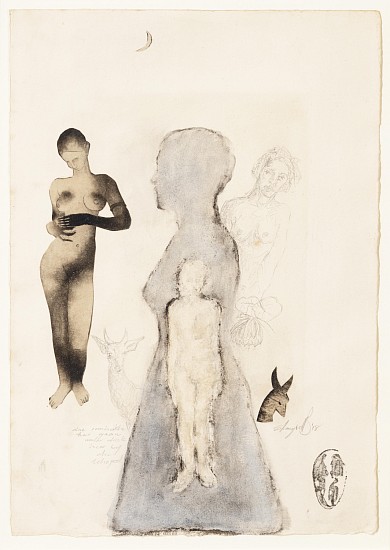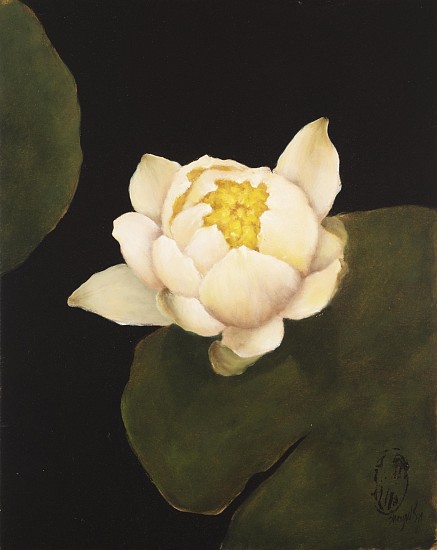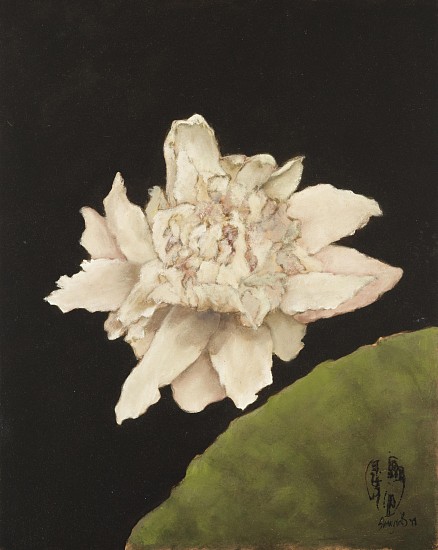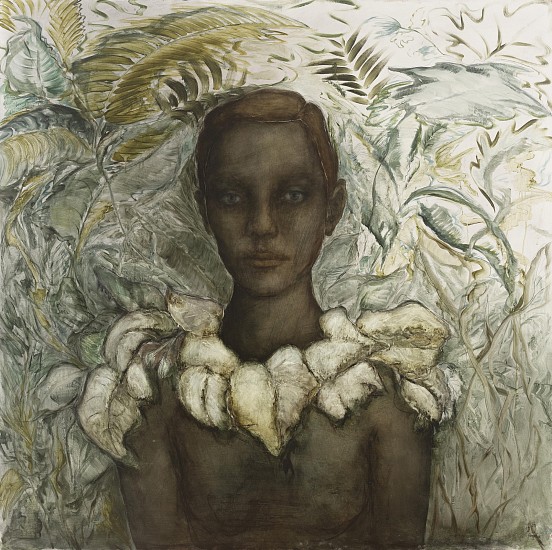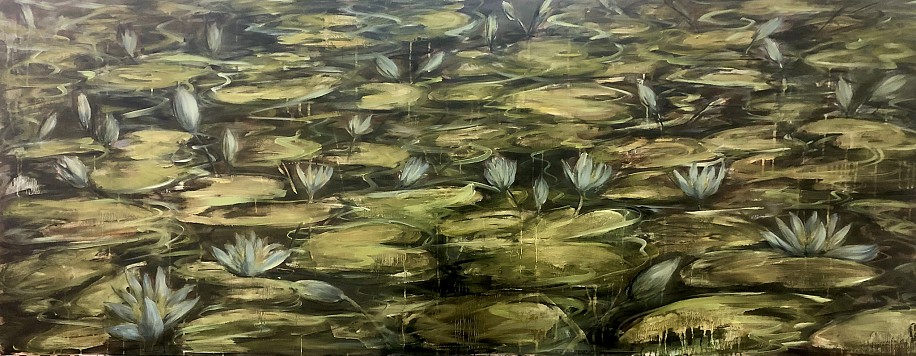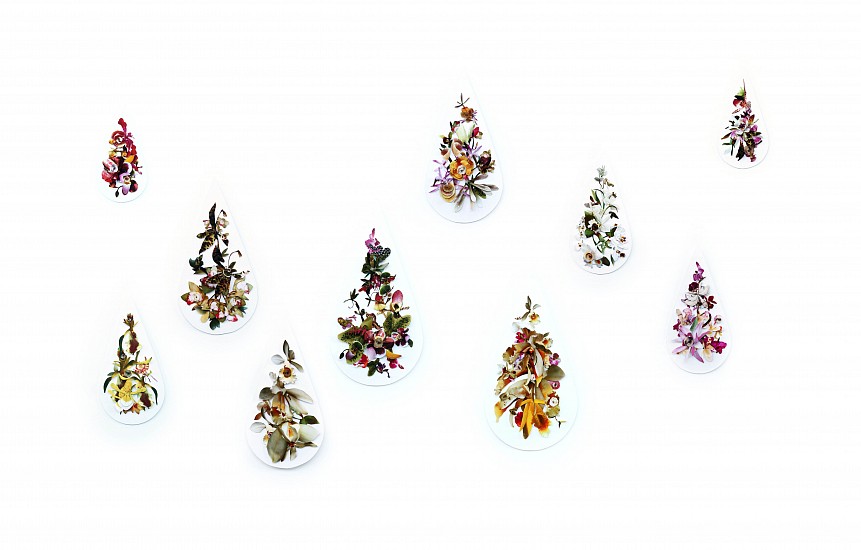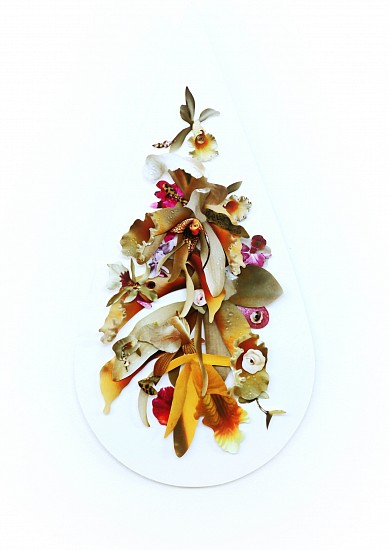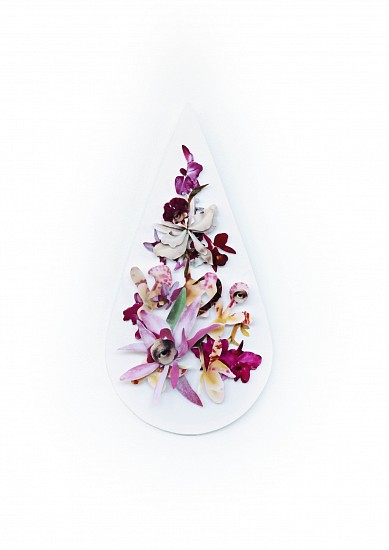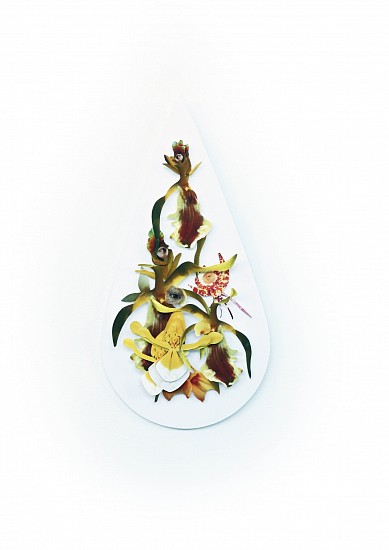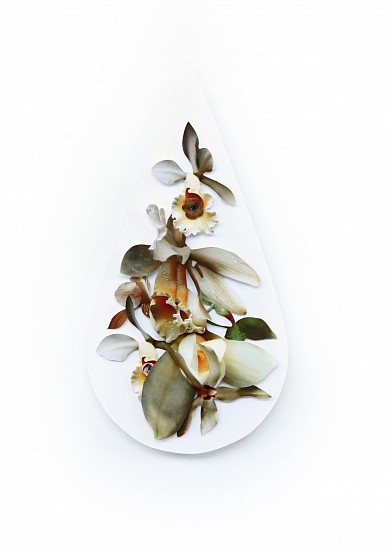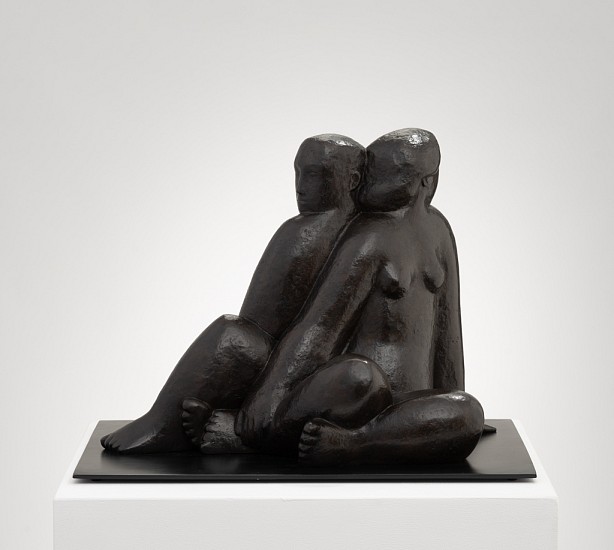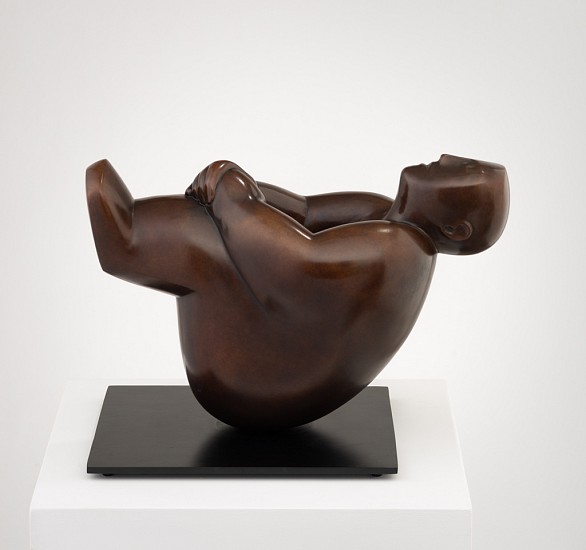WINTER 2021 / 2022
Liza Grobler’s paintings spill over with runaway scribbles and vigorous mark-making, their composition evoking morphing landscapes - perhaps echoing the artist’s own relocation from urban to rural - and the immediacy of their energetic brushstrokes and dribbles of paint harking back to Abstract Expressionism.
In Grobler’s words, “These landscapes are directly related to my recent body of work, Disobedient Landscapes, but the works point - at least in spirit - to the very tactile textures of the Klein Karoo.*
The most valuable lesson I have learnt from the Covid landscape is: 'the only constant is change'. And as I have always been preoccupied with the route, rather than the destination, the uncertainty of the present has brought about a heightened sense of awareness of our actions and environments. It is this quality that I wish to capture - momentous fractions of the present. We became aware of the temporal nature of all our 'securities' and in a sense this is liberating!
The work is also a final curtsy from my urban studio. For the past 20 years, the suburb of Woodstock, Cape Town has been my base camp. In May 2021, my family and I relocated to Oudtshoorn, the capitol of the Klein Karoo. It seems that the emotional shifts in our environment necessitated a physical shift too. This work marks the start of that journey.”
* The Klein Karoo is a semi-desert natural region of South Africa -the southern sibling of the larger Karoo - the Great or Groot Karoo.
Contact: info@everardlondon.com
Image credit: Dan Weill Photography / Artist portrait: Frans Smit
Liza Grobler’s paintings spill over with runaway scribbles and vigorous mark-making, their composition evoking morphing landscapes - perhaps echoing the artist’s own relocation from urban to rural - and the immediacy of their energetic brushstrokes and dribbles of paint harking back to Abstract Expressionism.
In Grobler’s words, “These landscapes are directly related to my recent body of work, Disobedient Landscapes, but the works point - at least in spirit - to the very tactile textures of the Klein Karoo.*
The most valuable lesson I have learnt from the Covid landscape is: 'the only constant is change'. And as I have always been preoccupied with the route, rather than the destination, the uncertainty of the present has brought about a heightened sense of awareness of our actions and environments. It is this quality that I wish to capture - momentous fractions of the present. We became aware of the temporal nature of all our 'securities' and in a sense this is liberating!
The work is also a final curtsy from my urban studio. For the past 20 years, the suburb of Woodstock, Cape Town has been my base camp. In May 2021, my family and I relocated to Oudtshoorn, the capitol of the Klein Karoo. It seems that the emotional shifts in our environment necessitated a physical shift too. This work marks the start of that journey.”
* The Klein Karoo is a semi-desert natural region of South Africa -the southern sibling of the larger Karoo - the Great or Groot Karoo.
Contact: info@everardlondon.com
Image credit: Dan Weill Photography / Artist portrait: Frans Smit
Cornwall based sculptor William Peers’ organic forms in Carrara or Portuguese marble are a celebration of form and shape which echo the recurring patterns in nature. They emerge from periods of intensive carving and then sanding to hone and shape their sinuous curves. In this exhibition Peers’ sculptures are offset by bespoke black Tunisian marble bases.
Contact: info@everardlondon.com
Acclaimed South African artist, Lionel Smit is best known for his contemporary portraiture executed through monumental canvases and sculptures. Now 40, Smit has been sculpting since he was a child, spending his days in and around his sculptor father’s studio.
Smit’s sculptures are often highly textured like this one, entitled Surge, where the hand - and tools - of the artist are clearly evident in the finished bronze.
Smit is both a painter and sculptor and has explored on canvas, paper and here in clay a version of the Janus head but Smit instead creates a double portrait, one face looking skywards and the other looking towards the earth. A simple yet powerful metaphor for life.
Rina Stutzer’s work is elusive; in a constant process of becoming, the pieces evolving out of each other, often guided by intuitive impulses. She is drawn to making works that are not fixed; whose identity is ambiguous (as with the crow) and transitory, provisional (as with the nomad). All we know of the world is that we are passing through it and the the works in this exhibition poignantly telegraph the impermanence of all things.
“Stutzer uses crows in her work as a metaphor for human beings and their place in the world. We are reminded of Ted Hughes’s crow poems – where the corvid is infinitely adaptable, unpredictable, inexhaustible, and capable of mischief. Here the crow also stands for the artist herself: both operate outside of society, both are subversive, and both are tricksters playing with the possibilities of reality.
The tent is a recurring image in her work and here Stutzer’s structure is made of delicate and ephemeral twigs - a temporary dwelling, not unlike our own skins, that we inhabit during our journey through the world. “The tent is explicitly yonic in many of Stutzer’s works; we are reminded of the emergence of humanity into the world, the birth of a child – the human spirit moving from womb to world, belonging in neither, only ever visiting both.” - Miranthe Staden Garbett
Stutzer’s female form in “corpse pose” is between life and death, in a state of transition between different realms, impossible to pin down.
Contact: info@everardlondon.com
Image credit: Carla Crafford / Dan Weill Photography
Rina Stutzer’s work is elusive; in a constant process of becoming, the pieces evolving out of each other, often guided by intuitive impulses. She is drawn to making works that are not fixed; whose identity is ambiguous (as with the crow) and transitory, provisional (as with the nomad). All we know of the world is that we are passing through it and the the works in this exhibition poignantly telegraph the impermanence of all things.
“Stutzer uses crows in her work as a metaphor for human beings and their place in the world. We are reminded of Ted Hughes’s crow poems – where the corvid is infinitely adaptable, unpredictable, inexhaustible, and capable of mischief. Here the crow also stands for the artist herself: both operate outside of society, both are subversive, and both are tricksters playing with the possibilities of reality.
The tent is a recurring image in her work and here Stutzer’s structure is made of delicate and ephemeral twigs - a temporary dwelling, not unlike our own skins, that we inhabit during our journey through the world. “The tent is explicitly yonic in many of Stutzer’s works; we are reminded of the emergence of humanity into the world, the birth of a child – the human spirit moving from womb to world, belonging in neither, only ever visiting both.” - Miranthe Staden Garbett
Stutzer’s female form in “corpse pose” is between life and death, in a state of transition between different realms, impossible to pin down.
Contact: info@everardlondon.com
Image credit: Carla Crafford / Dan Weill Photography




















































































